Ammonium L-tartrate CAS#3164-29-2
Ammonium L-tartrate CAS#3164-29-2
Promotion Season Now in Store and Free Sample for Testing with Factory Price
Chemical Name:Ammonium L-tartrate
CAS No.:3164-29-2
Molecular Formula:C4H12N2O6
Sample: Available
Mode of Transportation
1. By Air, fast but expensive.
2. By Sea, usual and economy.
3. By Train, suit for middle Asia countries.
4. By Express, suit for small package.
We only provide highest quality goods available, accompanied by after support!
Ammonium L-tartrate CAS#3164-29-2
Ammonium L-tartrate is highly soluble in water, and its aqueous solution is acidic. At 15℃, its water solubility is 63g/L, and it is slightly soluble in ethanol. It gradually releases ammonia when heated and slowly decomposes into ammonia when in contact with air. It can also react with strong acids.
Ammonium L-tartrate Chemical Properties |
Melting point | decomposes [CRC10] |
Boiling point | 318.08°C (rough estimate) |
32.4 º (c=1.84, H2O) | |
density | 1.601 g/mL at 25 °C(lit.) |
vapor pressure | 0.001Pa at 20℃ |
refractive index | 1.4800 (estimate) |
storage temp. | room temp |
solubility | H2O: 1 M at 20 °C, clear, colorless |
form | |
color | White semi-transparent |
Specific Gravity | 1.601 |
PH Range | 5 - 7 |
PH | 6.0-7.5 (25℃, 1M in H2O) |
Water Solubility | 63 g/L (15 ºC) |
Sensitive | Hygroscopic |
λmax | λ: 260 nm Amax: 0.052 |
BRN | 6120352 |
Stability: | Stable. Incompatible with strong acids. |
LogP | -5.6 at 20℃ |
CAS DataBase Reference | 3164-29-2(CAS DataBase Reference) |
NIST Chemistry Reference | Ammonium tartrate(3164-29-2) |
EPA Substance Registry System | Diammonium tartrate (3164-29-2) |
Safety Information |
Hazard Codes | Xn |
Risk Statements | 20/21/22-36/37/38 |
Safety Statements | 24/25-36-26 |
RIDADR | UN 3077 9 / PGIII |
WGK Germany | 3 |
RTECS | WW8050000 |
TSCA | Yes |
HS Code | 29181300 |
Hazardous Substances Data | 3164-29-2(Hazardous Substances Data) |
Product Usage
Ammonium L-(+)-tartrate finds application in the textile and pharmaceutical industries. It is also used to study protein structural analysis, biochemicals and reagents, biological buffers, chelators and proteomics. It acts as a nitrogen source in biological applications and cell culture media. Further, it is used in the study of crystal optimization research and preliminary diffraction data analysis of the Smad1 MH1 domain bonded to a palindromic SBE DNA element.
Factory and Equipment Show
Fast transport time
Inventory 2-3 working days New manufacturing 7-10 working days


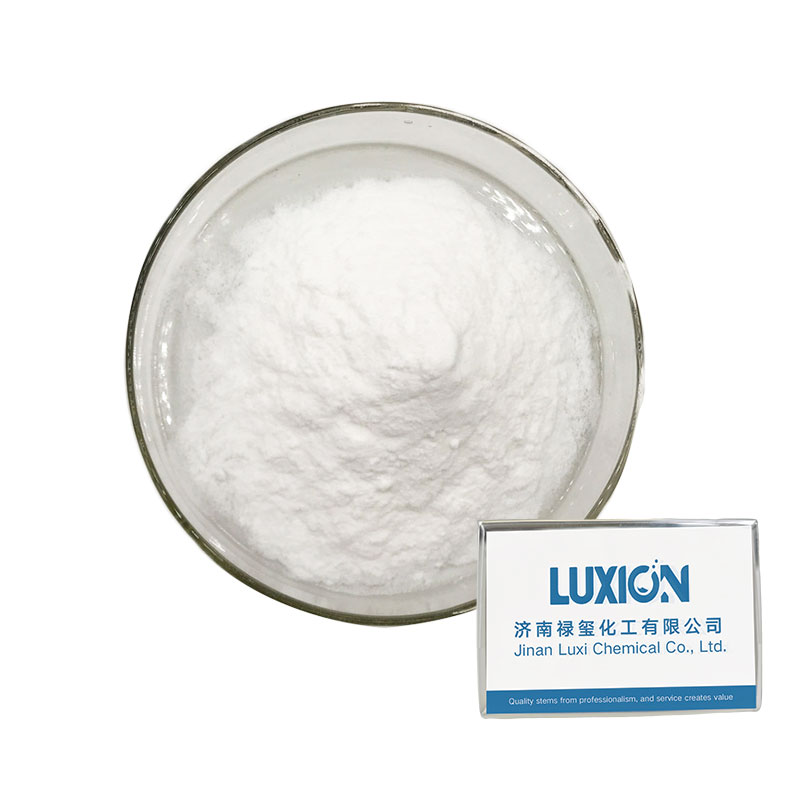

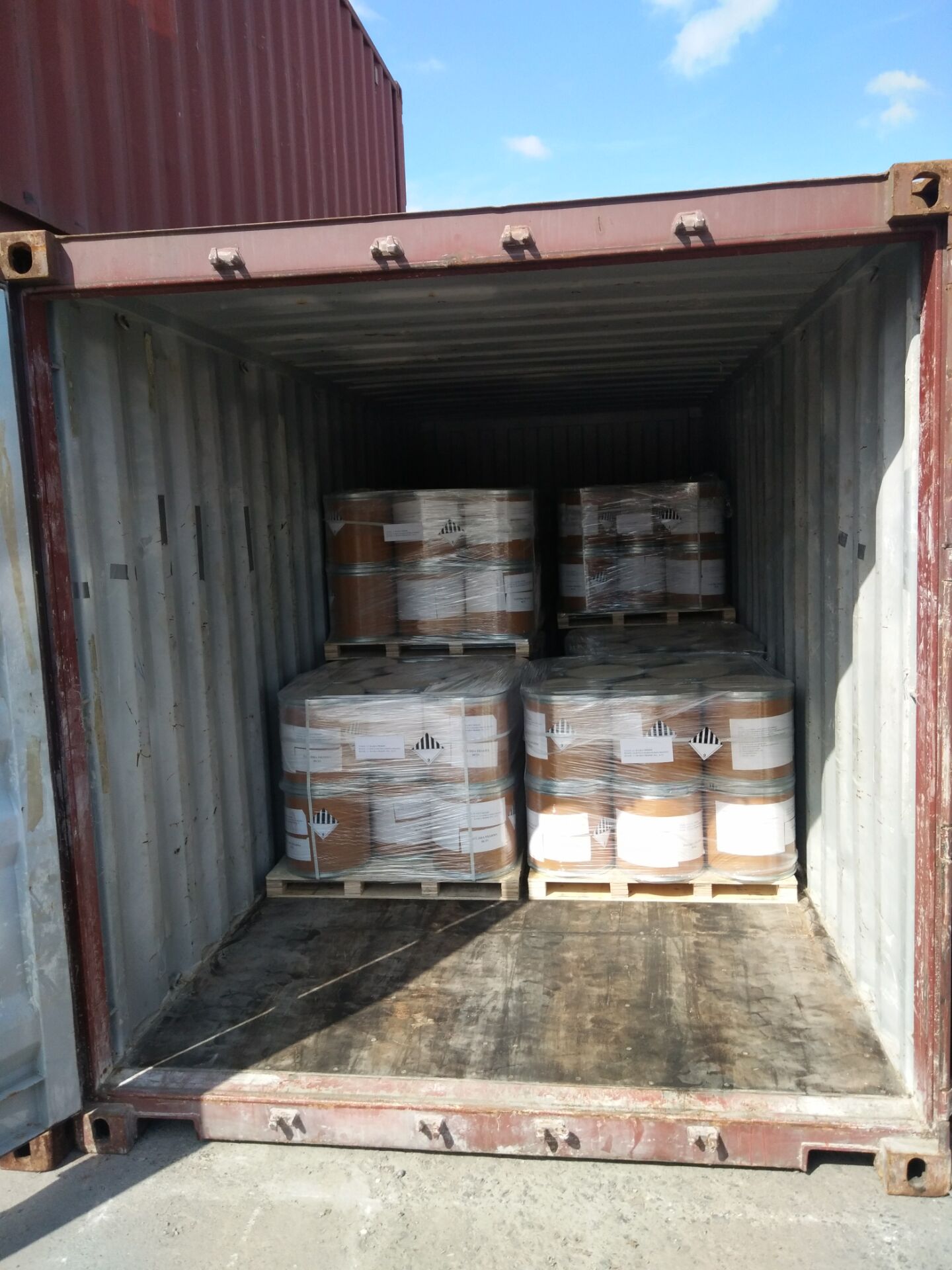
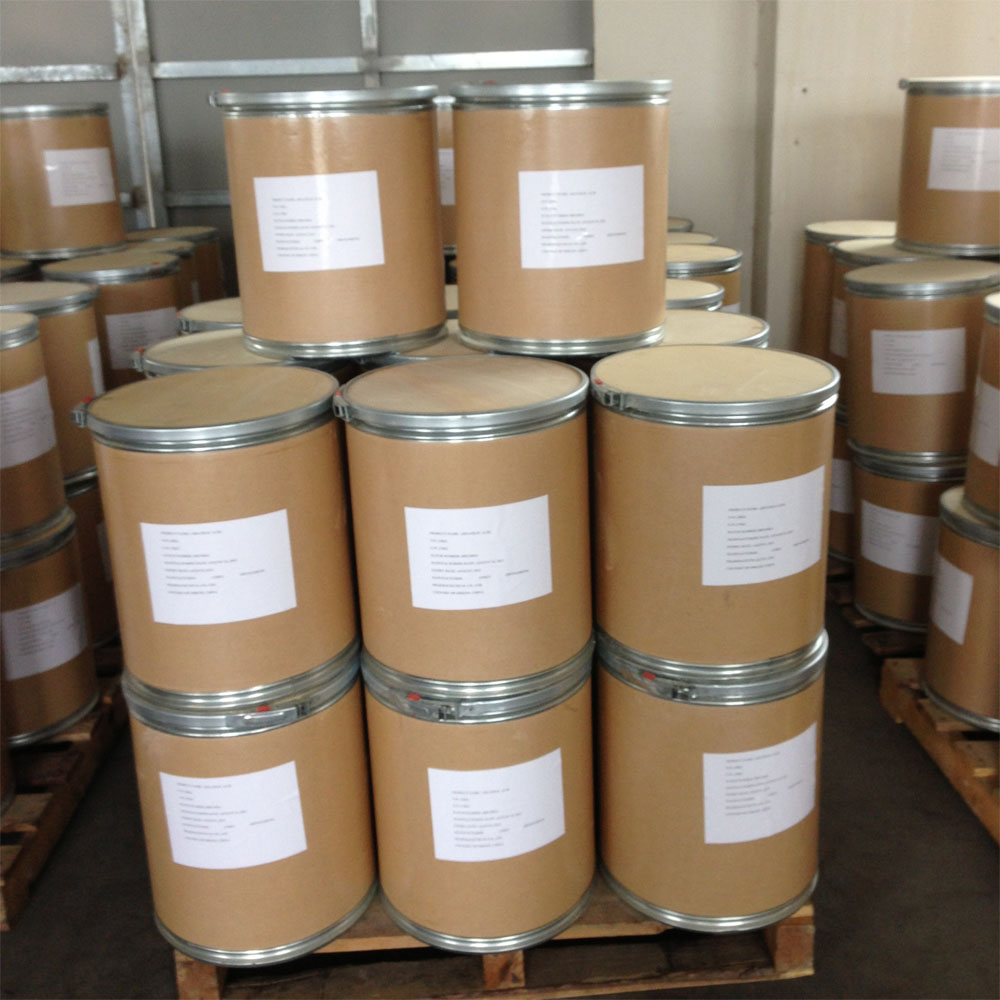
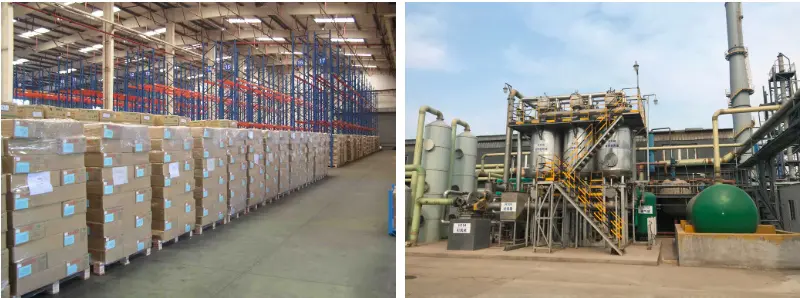
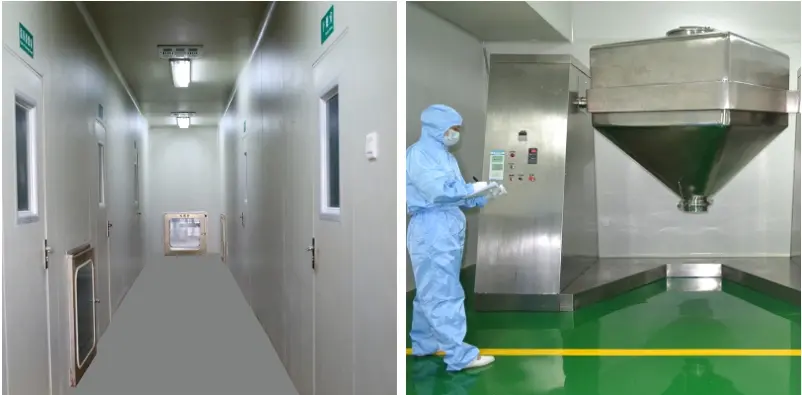
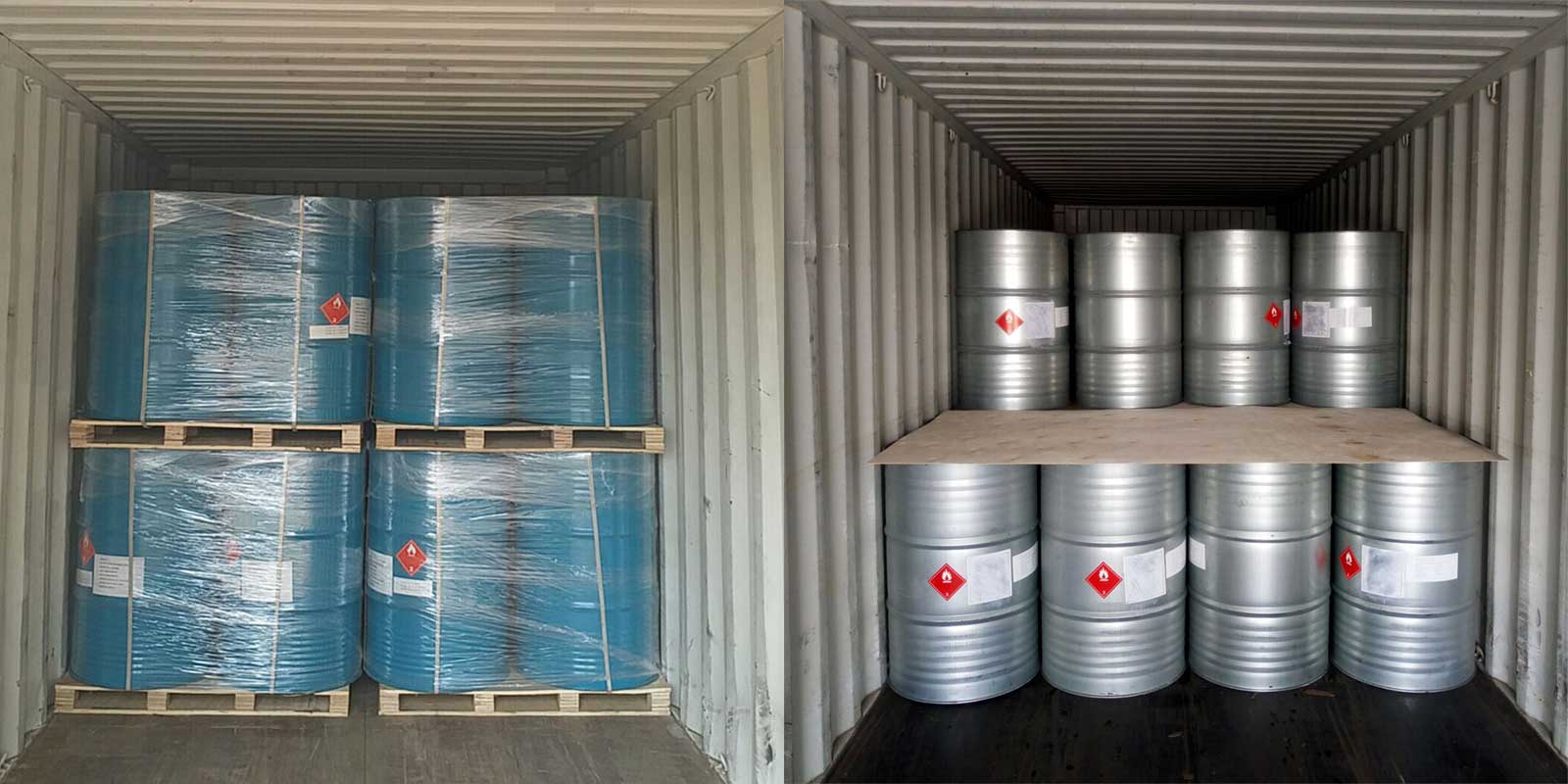
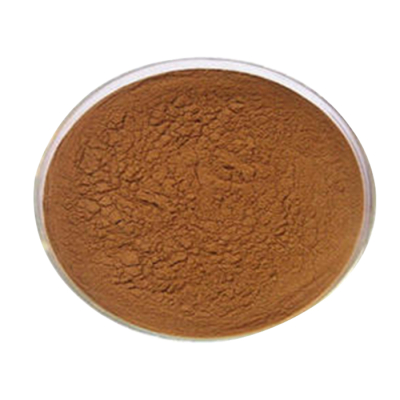
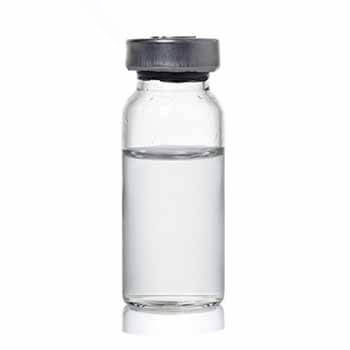
![Imidazo[1,2-b]pyridazine CAS#766-55-2](https://sdluxicdn.huazhi.cloud/cdn/ff/xkKHQS5LXbFhp1UWvm4rQ5BZCvAEAQiQgeVvbCTeOlE/1720082030/public/styles/chanp/public/2024-07/16-1_2.jpg?itok=XDp8mHQB)